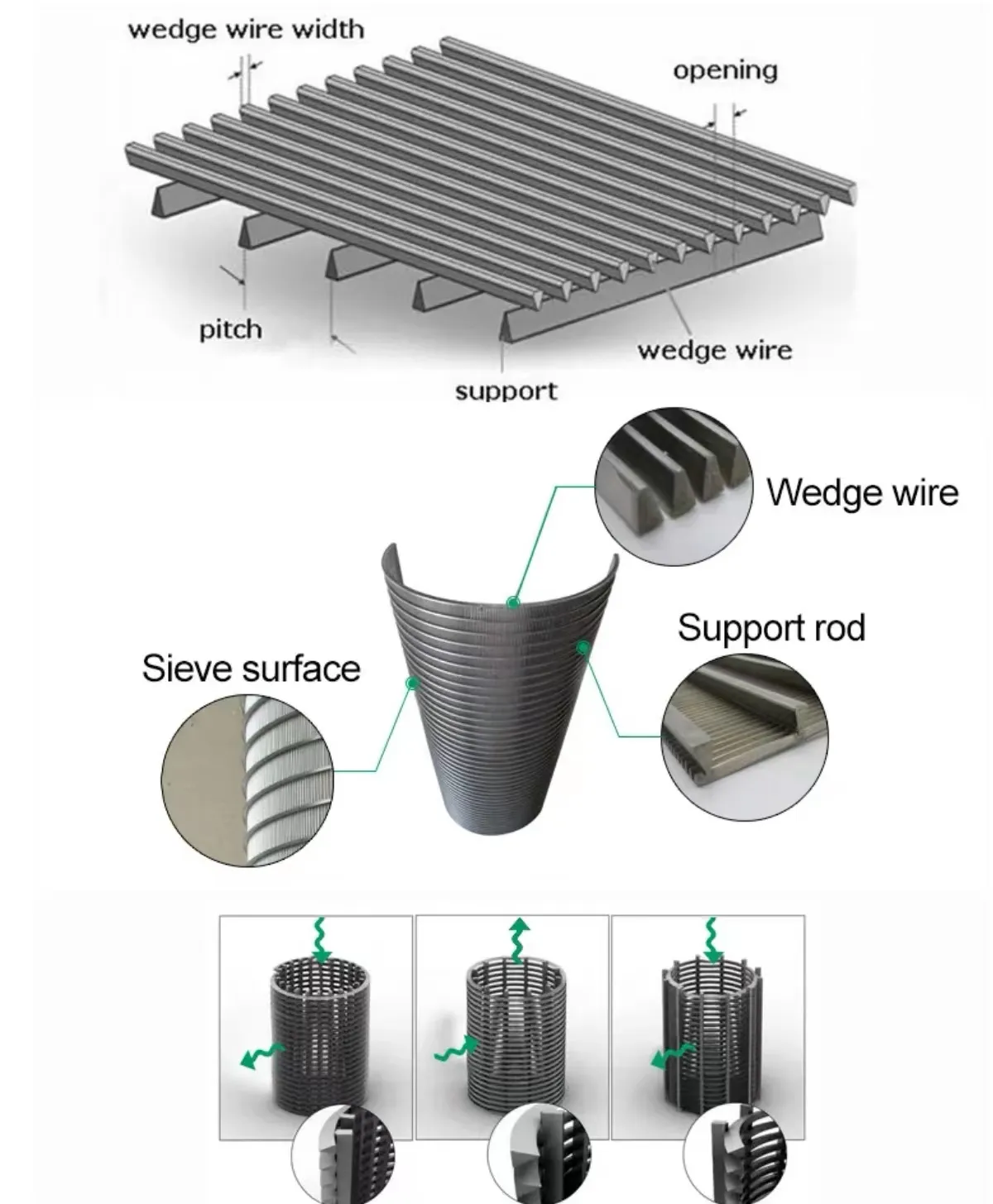-
 Afrikaans
Afrikaans -
 Albanian
Albanian -
 Amharic
Amharic -
 Arabic
Arabic -
 Armenian
Armenian -
 Azerbaijani
Azerbaijani -
 Basque
Basque -
 Belarusian
Belarusian -
 Bengali
Bengali -
 Bosnian
Bosnian -
 Bulgarian
Bulgarian -
 Catalan
Catalan -
 Cebuano
Cebuano -
 China
China -
 Corsican
Corsican -
 Croatian
Croatian -
 Czech
Czech -
 Danish
Danish -
 Dutch
Dutch -
 English
English -
 Esperanto
Esperanto -
 Estonian
Estonian -
 Finnish
Finnish -
 French
French -
 Frisian
Frisian -
 Galician
Galician -
 Georgian
Georgian -
 German
German -
 Greek
Greek -
 Gujarati
Gujarati -
 Haitian Creole
Haitian Creole -
 hausa
hausa -
 hawaiian
hawaiian -
 Hebrew
Hebrew -
 Hindi
Hindi -
 Miao
Miao -
 Hungarian
Hungarian -
 Icelandic
Icelandic -
 igbo
igbo -
 Indonesian
Indonesian -
 irish
irish -
 Italian
Italian -
 Japanese
Japanese -
 Javanese
Javanese -
 Kannada
Kannada -
 kazakh
kazakh -
 Khmer
Khmer -
 Rwandese
Rwandese -
 Korean
Korean -
 Kurdish
Kurdish -
 Kyrgyz
Kyrgyz -
 Lao
Lao -
 Latin
Latin -
 Latvian
Latvian -
 Lithuanian
Lithuanian -
 Luxembourgish
Luxembourgish -
 Macedonian
Macedonian -
 Malgashi
Malgashi -
 Malay
Malay -
 Malayalam
Malayalam -
 Maltese
Maltese -
 Maori
Maori -
 Marathi
Marathi -
 Mongolian
Mongolian -
 Myanmar
Myanmar -
 Nepali
Nepali -
 Norwegian
Norwegian -
 Norwegian
Norwegian -
 Occitan
Occitan -
 Pashto
Pashto -
 Persian
Persian -
 Polish
Polish -
 Portuguese
Portuguese -
 Punjabi
Punjabi -
 Romanian
Romanian -
 Russian
Russian -
 Samoan
Samoan -
 Scottish Gaelic
Scottish Gaelic -
 Serbian
Serbian -
 Sesotho
Sesotho -
 Shona
Shona -
 Sindhi
Sindhi -
 Sinhala
Sinhala -
 Slovak
Slovak -
 Slovenian
Slovenian -
 Somali
Somali -
 Spanish
Spanish -
 Sundanese
Sundanese -
 Swahili
Swahili -
 Swedish
Swedish -
 Tagalog
Tagalog -
 Tajik
Tajik -
 Tamil
Tamil -
 Tatar
Tatar -
 Telugu
Telugu -
 Thai
Thai -
 Turkish
Turkish -
 Turkmen
Turkmen -
 Ukrainian
Ukrainian -
 Urdu
Urdu -
 Uighur
Uighur -
 Uzbek
Uzbek -
 Vietnamese
Vietnamese -
 Welsh
Welsh -
 Bantu
Bantu -
 Yiddish
Yiddish -
 Yoruba
Yoruba -
 Zulu
Zulu
Effective Solutions for Protecting Crops with Large Bird Netting Systems
The Importance of Large Bird Netting in Agriculture and Conservation
In recent years, large bird netting has emerged as an essential tool for both agricultural practices and wildlife conservation efforts. As the world grapples with the dual challenges of increasing agricultural productivity and protecting biodiversity, the role of effective bird management solutions becomes increasingly significant. Large bird netting provides a way to achieve these goals, ensuring a balance between productive farming and the preservation of local ecosystems.
Protecting Crops from Avian Damage
Agricultural lands often face significant threats from birds, which can cause extensive damage to crops. Fruits, vegetables, and grains are all susceptible to avian predation, leading to substantial economic losses for farmers. For instance, grape growers may find entire fields devastated by flocks of birds seeking ripe fruit during harvest season. In such cases, large bird netting serves as a robust protective barrier, preventing birds from accessing vulnerable crops while allowing sunlight and rain to nurture the plants underneath.
The installation of bird netting is a cost-effective solution for farmers. By minimizing crop loss, netting can ultimately enhance yield and increase profits. Additionally, as more farmers adopt sustainable farming practices, the use of large bird netting aligns with eco-friendly farming techniques that seek to minimize dependence on chemical deterrents. Instead of resorting to harmful pesticides or other harmful methods, netting represents a non-toxic alternative that protects both crops and the environment.
Wildlife Conservation and Protection
Beyond agriculture, large bird netting plays a crucial role in wildlife conservation. Many species of birds are in danger of extinction due to habitat loss, climate change, and human activities. The installation of bird netting in sensitive areas can help protect nesting sites from predators while ensuring safe passage for fledglings.
large bird netting

For example, nesting platforms covered with bird netting can provide a safe environment for endangered species such as certain shorebirds, which often struggle to thrive due to increased predation. By providing a secure area free from threats, conservationists can help boost the populations of these vulnerable bird species while promoting biodiversity.
Versatility in Application
The versatility of large bird netting extends beyond agriculture and conservation to various industries. Airports, for instance, utilize bird netting as a safety measure to reduce bird strikes, which pose a significant risk to both aircraft and passengers. By installing netting around airport perimeters, the chances of birds entering runways are minimized, enhancing safety for all.
Similarly, sports facilities and outdoor venues have adopted bird netting to prevent avian intrusion, ensuring that attendees can enjoy events without the disruption of birds or the potential hazards associated with their presence.
Sustainable Practices for the Future
As discussions about sustainability become more prominent, large bird netting represents an innovative solution that aligns with our growing focus on ecology and resource management. This approach not only fosters safe agricultural practices but also encourages coexistence between humans and wildlife.
In conclusion, large bird netting is an invaluable asset in today’s world. It stands as a protective shield for crops, a sanctuary for endangered wildlife, and a versatile application in various industries. As we continue to navigate the challenges of environmental stewardship and agricultural productivity, the role of bird netting will undoubtedly grow in significance, paving the way for a more sustainable and harmonious future.
-
Why Construction Steel Mesh is the Backbone of Modern InfrastructureNewsJun.27,2025
-
The Ultimate Solution for Versatile Industrial and Consumer ApplicationsNewsJun.27,2025
-
Smart Breeding Starts Here: The Ideal Breeder Net for GuppiesNewsJun.27,2025
-
Maximize Your Harvest with Smart NetNewsJun.27,2025
-
High-Performance Steel Mesh Solutions for Modern IndustryNewsJun.27,2025
-
Durable Solutions for Modern Agriculture and LandscapingNewsJun.27,2025











